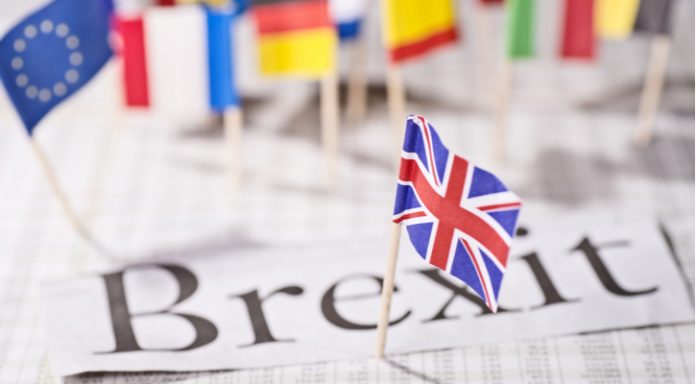After drifting lower across much of the previous session, renewed Brexit optimism lifted the pound at the end of Monday. The pound US dollar exchange rate hit a high of US$1.2630. The pair is extending those gains in early trade on Tuesday.
After the UK Telegraph newspaper released reports that the EU and the UK were close to a potential solution to the Irish backstop, the pound rallied. This optimism was in sharp contrast to the Brexit gloom that had infiltrated the markets across most of Monday, following comments from the Finnish Prime Minister and acting EU President, that more time was needed to secure a deal.
The latest reports suggest that the EU and the UK are both cautiously optimistic that a deal can be achieved as they move closer to resolving the Irish border issue. Leaders from the UK and the EU have been struggling over what to do with the Irish backstop for years. Any hint of a resolution ahead to the EU Summit later this week will boost the pound.
| Why is a “soft” Brexit better for sterling than a “hard” Brexit? |
| A soft Brexit implies anything less than UK’s complete withdrawal from the EU. For example, it could mean the UK retains some form of membership to the European Union single market in exchange for some free movement of people, i.e. immigration. This is considered more positive than a “hard” Brexit, which is a full severance from the EU. The reason “soft” is considered more pound-friendly is because the economic impact would be lower. If there is less negative impact on the economy, foreign investors will continue to invest in the UK. As investment requires local currency, this increased demand for the pound then boosts its value. |
In addition to Brexit development investors will also look towards the UK labour report for further clues as to the health of the UK jobs market. Analysts are expecting UK unemployment to remain at 3.8%. Analysts are also forecasting that average wages will remain steady at the impressive 4% level that it reached in the three months to July. Any sign of weakness could weigh on demand for the pound, but this data will play second fiddle to Brexit news.
Geopolitics Drive Dollar
Geopolitical concerns kept the dollar broadly in demand in the previous session, owing to its safe haven status. Weak data out China underscored the damage that the US — China trade dispute was having on the world’s second largest economy. Meanwhile investors were also reassessing the US — China pact agreed last week, now viewing it as little more than a truce.
President Trump announcing sanctions on Turkey as he promises “to destroy the Turkish economy” boosted demand for the safe haven dollar. President Trump made the threats after Turkey moved in to invade Syria, following the withdrawal of US troops.
There is no US economic data to be released today. US dollar investors will continue to watch geopolitical developments closely.
| What do these figures mean? |
| When measuring the value of a pair of currencies, one set equals 1 unit and the other shows the current equivalent. As the market moves, the amount will vary from minute to minute.
For example, it could be written: 1 GBP = 1.28934 USD Here, £1 is equivalent to approximately $1.29. This specifically measures the pound’s worth against the dollar. If the US dollar amount increases in this pairing, it’s positive for the pound. Or, if you were looking at it the other way around: 1 USD = 0.77786 GBP In this example, $1 is equivalent to approximately £0.78. This measures the US dollar’s worth versus the British pound. If the sterling number gets larger, it’s good news for the dollar. |





